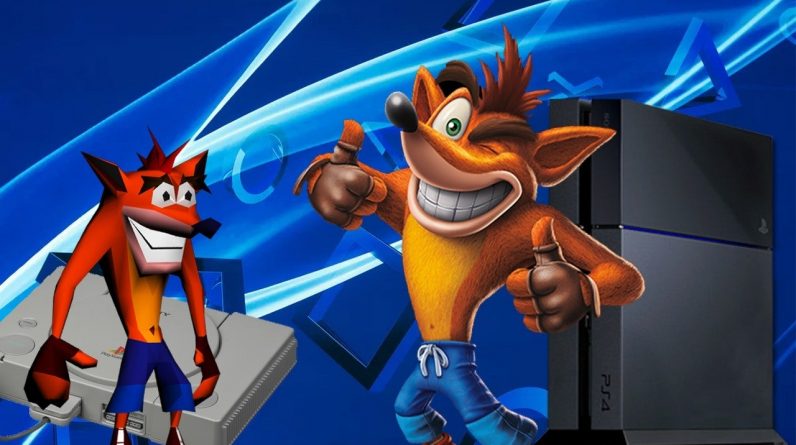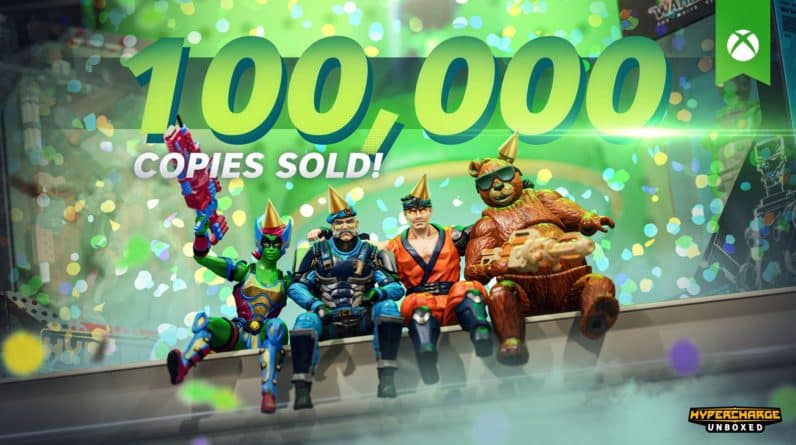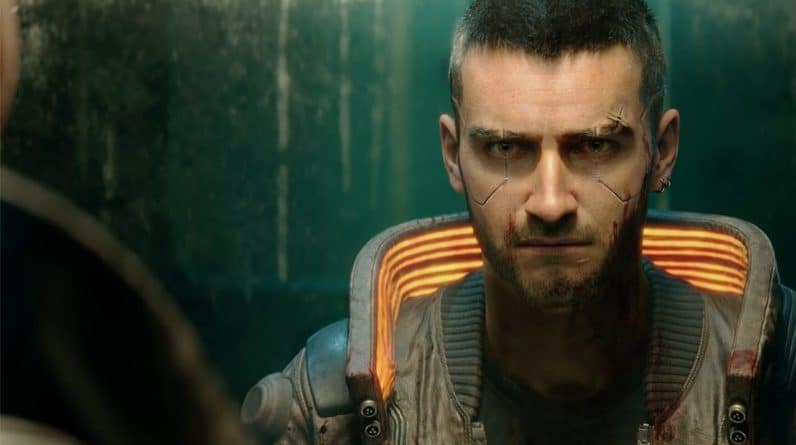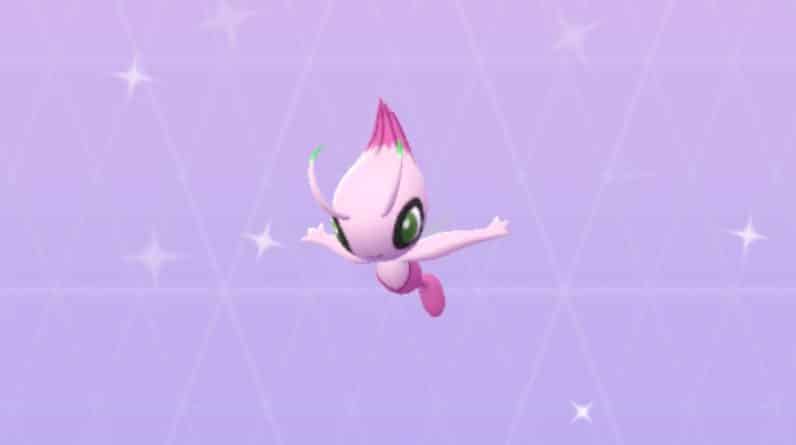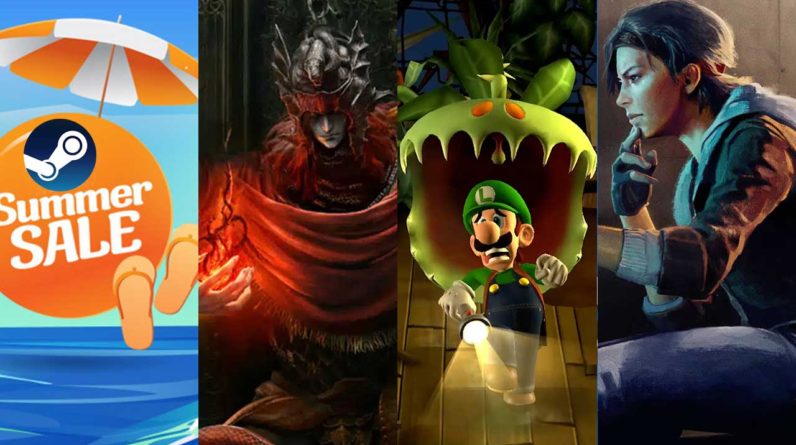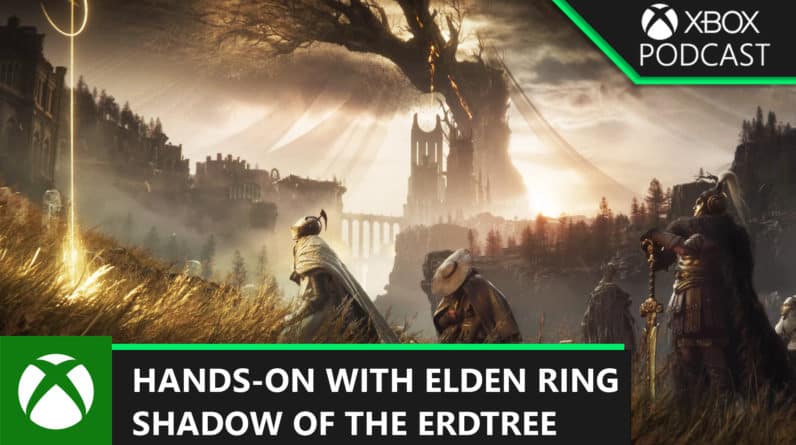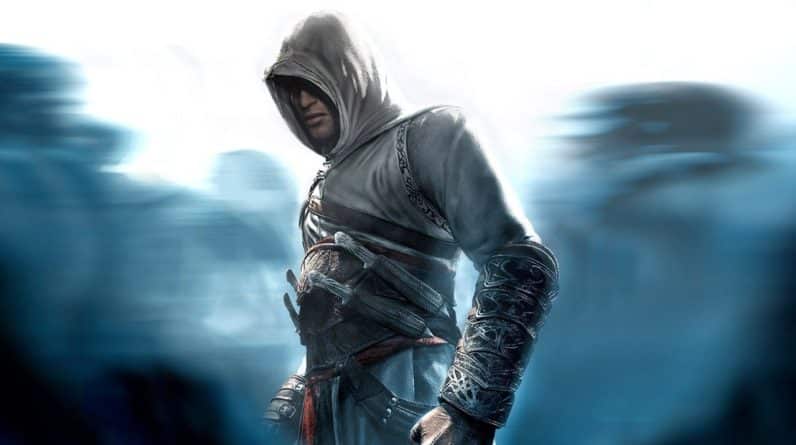
Historically, backward compatibility has primarily been a console launch feature, one that — as a console’s native library grows — becomes less relevant as the generation goes on.
By the time the next generation – the PlayStation 3/Xbox 360/Wii – rolled around, both of Sony’s competitors had implemented backward compatibility into their console designs – though it was in a super limited capacity, some original Xbox discs could be played on Xbox 360. Despite the Wii’s emphasis on motion, it fully supported Gamecube games – even including ports for Gamecube controllers. The Wii had just as much physical design as the PlayStation 2 dedicated to playing games from the previous hardware cycle, letting players carry over their save data and continue to use their trusty WaveBird.
PS3 Creates Backward-Compatible Problems
At launch, the PlayStation 3 – like Sony’s previous generation – supported full backward compatibility as well. The PS3 was supposed to be an awe-inspiring system, one that could play any PlayStation game – from 1995 to 2006 and beyond – it was to be the ultimate PlayStation.
“The coolest system ever was the PS3 test kit, because it played PS one, two, and three games from any region, regardless of if the disk was original or burned,” Cifaldi said. The original plan for the PS3 was to play all these games, but the console’s cell processor – the unit that gave the PS3 its edge – made the future a lot more complicated for Sony.
This unique processor made first-party games look better than its competitors’ thanks to an architecture that was not standard, meaning many third-party ports often ran worse than on the Xbox 360. But even from launch, the exclusive tech was expensive – the market just wasn’t ready for a $600 console in 2006. Less than a year after its notably unprofitable 2006 launch, the PS3’s hardware-based backward compatibility was replaced with software-based PlayStation 1 & 2 emulation – the ramifications of which Sony is still dealing with to this day.
“This is one of the biggest games of the 2000s and they couldn’t find the source code.”
“
Not only did it mean that players had to start buying digital versions of games they already owned on disc, but because of the PS3’s proprietary processor and the decision to make the PS4 a more developer-friendly console, the PlayStation 4 does not have the ability to play PS3 discs, either. While Sony used this generation to look forward – developing stunning console exclusives and even releasing a (relatively) affordable VR headset – the Xbox One team focused on making more and more Xbox and 360 games backward compatible, even enhancing many of those titles, to boot.
Next-Gen Backwards Compatibility
Now, as Sony has promised backward compatibility on the PlayStation 5 – for both discs and digital copies of PS4 games – that PS3 cell processor looks like the greatest misstep in creating a greater ecosystem of games. Sony initially announced what seemed like less than 100 playable PS4 games on the PS5 before clarifying that “the overwhelming majority of the 4,000+ PS4 titles will be playable on PS5,” but only the 100 most popular PS4 games will be getting significant graphics and performance upgrades in Legacy Mode. But the company can always remake, remaster, and repackage the fan favorites, cashing in on nostalgia (not to mention ease-of-access) for returning players while also introducing classic franchises to a new generation. But what happens to the other 90% of PS3 games that aren’t deemed worth revisiting?
Confirmed PlayStation 5 Games
Sony’s inconsistent track record speaks to the games industry’s lack of concern for preservation. It often seems that game companies treated backward compatibility like a bullet point to sell consoles at launch, to convince players that they will have games to play while they wait for the big new release to trickle out over the course of the first year or two. As a result, games are constantly being lost to time, whether they age out of viable backwards compatibility or just aren’t popular enough for it in the first place. It’s only recently that developers and publishers have even begun re-releasing games on modern platforms, a process that requires them to have access to the original source code.
“In 2012 when 2K games wanted to reissue Bioshock they didn’t have it,” says Alex Handy, director of the Museum of Art and Digital Entertainment, an organization that has committed itself to archiving a medium that has historically had zero concern for its own history. “They had to run around, computer to computer, asking ‘does this guy have Bioshock?’ This is one of the biggest games of the 2000s and they couldn’t find the source code.”
Shifts by Microsoft show that backward compatibility can gain trust by giving players access to decades-old titles, alongside the promise that every new game will be compatible going forward as well. Sony, however, has historically put the future first, opting to resell, remake, and remaster its classics rather than sorting out a long term solution to backward compatibility, covering enough of the biggest hits to keep a vocal majority happy. As Sony moves forward, it seems like it will attempt to add enhancements to the top PlayStation games, with bigger remakes in the works as well.
Ultimately, while backward compatibility is used to sell new consoles, its value stretches well beyond the first year of a system’s life cycle. It lets loyal fans continue to expand and have access to their unified library of games – but this doesn’t just help players. It keeps games alive and available, ensuring older games – even those that are nearly forgotten – can be experienced by a brand new generation.
Bryn Gelbart is a freelance writer who has written for Business Insider, Indiewire, Game Rant, and others. You can find his thoughts on games and emo revival bands on Twitter.
